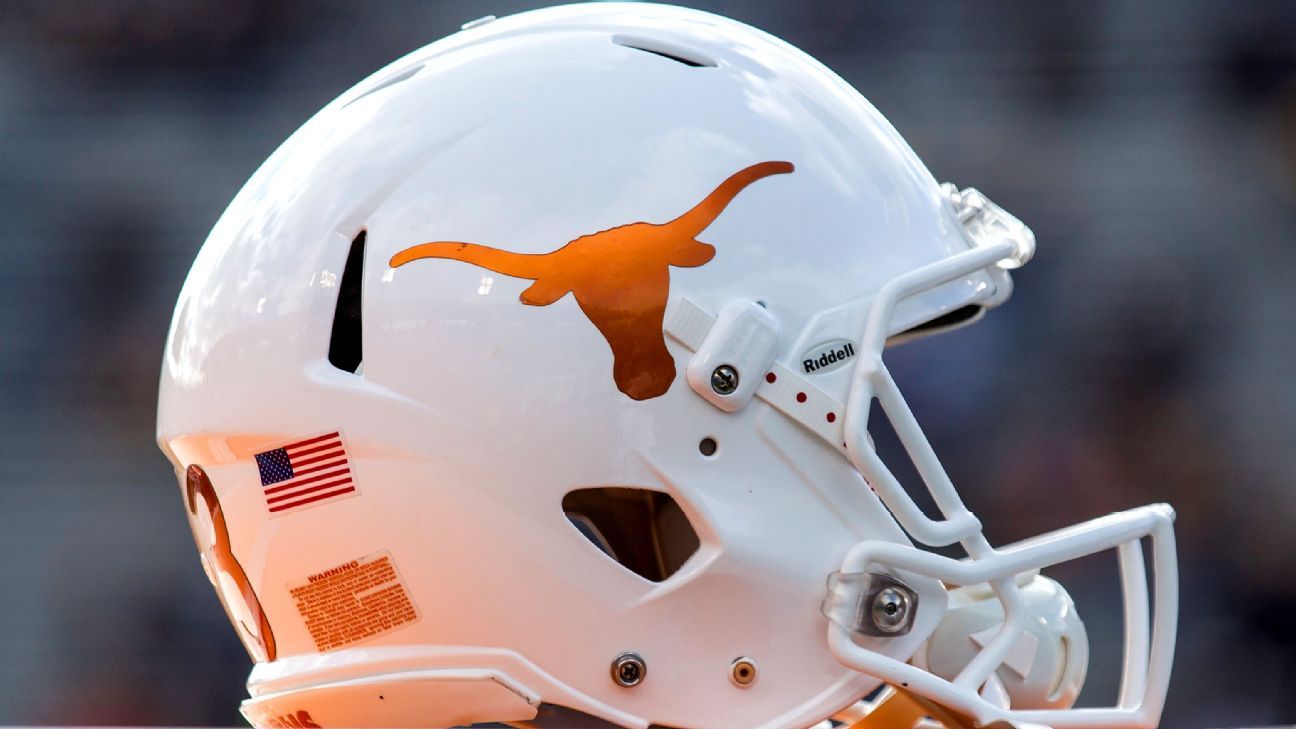Texas unveiled a new 12½-foot statue of trailblazer Julius Whittier, the Longhorns’ first Black letterman, outside the north end of Darrell K Royal-Texas Memorial Stadium on Friday.
Whittier, who died in September 2018, arrived at Texas as one of the school’s first Black scholarship athletes and played on the 1970 team that won a national championship. He played offensive line and tight end on three teams that won the Southwest Conference and was on the freshman team when Texas won the 1969 national title.
After Whittier graduated with a degree in philosophy, President Lyndon B. Johnson encouraged him to continue his studies at the LBJ School of Public Affairs at Texas. Whittier went on to get his graduate degree and law degree in Austin and worked most of his life as a senior prosecutor in the Dallas County District Attorney’s office before retiring in 2012.
Julius Whittier, forever Texas 🤘 pic.twitter.com/CBuKGEt6kF
— Texas Longhorns (@TexasLonghorns) November 27, 2020
Honoring Whittier was among the list of changes that Texas athletes pushed for in June as a social justice movement took place following the death of George Floyd. Texas says the school began work on the statue this summer.
“This should have happened long ago,” legendary Texas running back Earl Campbell said. “It’s not anyone’s fault, and I think many would agree that there have been plenty of opportunities for a statue to be put in place for my man. Being the first to do anything is not easy, but being the first Black player at the university is something that I have thought about over the years. I cannot imagine what all he had to endure. It shows the kids that if you want something bad enough and you are about change and willing to sacrifice — you can climb to the top of the mountain.”
Junior defensive back and team captain Caden Sterns, who was one of the team’s most outspoken players this summer, spoke of his appreciation for the school moving quickly.
“Honestly, the statue means a lot because he was the first one to do it and the first one to be a letterman in our football program,” Sterns said. “For him to be honored for that is a real blessing, not only for him, but for us and other African Americans coming to the university. During that time, it wasn’t the best time in history, so to see him be honored now for being the first is a huge step in the right direction and a huge accomplishment. I will think about all he did and what he means to all of us every time I see that statue.”
This week, Campbell told the Houston Chronicle that after he heard the school was planning on honoring Whittier, he insisted the school make Whittier’s statue taller than his 9-foot-tall statue on campus that honors his Heisman win.
“Without Julius, I don’t think there is a Donnie Little, who was the first Black quarterback at Texas,” Campbell told the Chronicle. “Without Roosevelt Leaks and Raymond Clayborn, there’s no Earl Campbell, and without me, there’s no Ricky Williams.”
“Julius paved the road that gave us the opportunity,” said Leaks, who became the first Black football player from Texas to earn All-American and all-conference honors in 1971. “I’m proud that UT has chosen to commission the statue of Julius, who was the first and showed us the path. The statue will provide future students with an understanding of what we were a part of and the statement that was made.”
